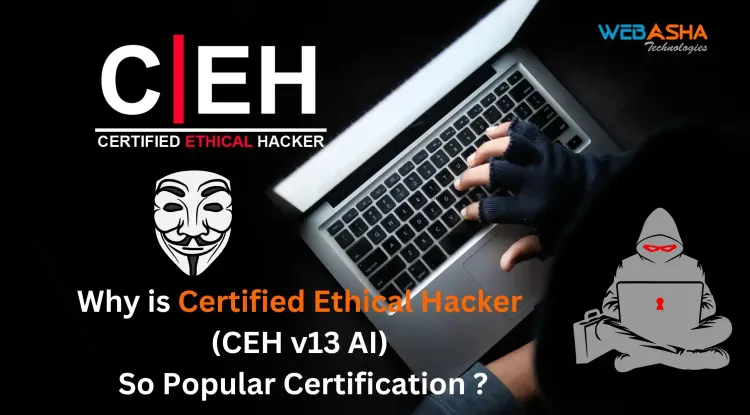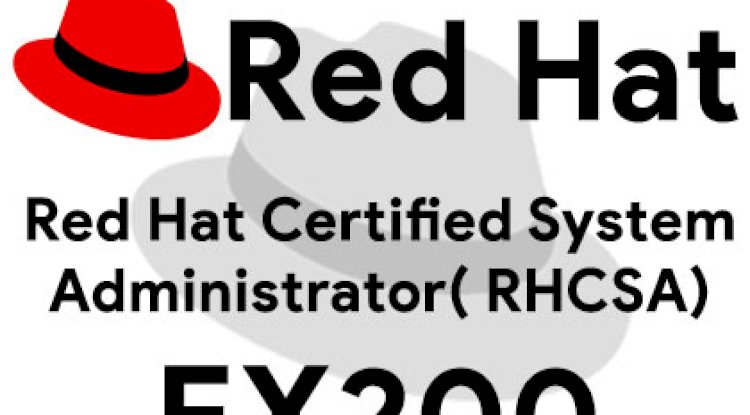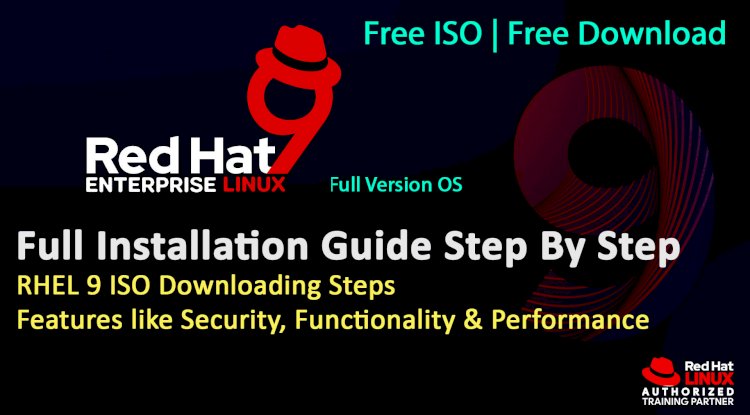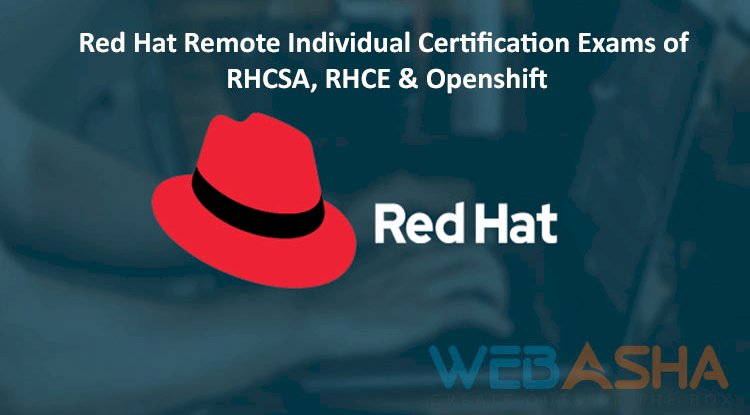Zscaler Zero Trust Exchange in 2025 | How It Secures Remote Work, Cloud Applications, and User Access with Zero Trust Architecture
In 2025, with remote and hybrid work becoming the default model for global organizations, traditional perimeter-based security methods are rapidly becoming obsolete. Enter Zscaler Zero Trust Exchange, a revolutionary cloud-native Zero Trust Architecture (ZTA) that protects remote workers, cloud applications, and business data by verifying user identity and device trust before allowing access to apps—not networks. Unlike VPNs, Zscaler never exposes internal IPs, reduces attack surfaces, and uses AI-powered traffic inspection to block ransomware, phishing, and advanced malware in real-time. This blog explains how Zscaler ZIA, ZPA, and ZDX work together to provide end-to-end protection, why Zscaler is trending in 2025, and how it is changing the future of cybersecurity for organizations worldwide.
Introduction
In 2025, remote and hybrid work are not just trends—they are the foundation of modern workplace strategy. With employees accessing cloud-based tools, business applications, and sensitive data from anywhere in the world, cybersecurity threats have also evolved. Traditional security models based on perimeter defense are no longer sufficient to protect today’s dynamic workforces.
Enter Zscaler Zero Trust Exchange—a cutting-edge Zero Trust Architecture (ZTA) platform designed specifically to secure remote work, cloud apps, and user access in a scalable, efficient, and AI-powered way. This platform is gaining major traction in 2025 due to its ability to reduce the attack surface, prevent breaches, and eliminate lateral movement inside networks.
What Is Zscaler Zero Trust Exchange?
Zscaler Zero Trust Exchange is a cloud-native security platform that replaces traditional VPNs, firewalls, and network-based security with a user-to-app access model. Instead of granting access to an entire network, Zscaler allows users to connect only to the applications they need—and only after verifying identity, device posture, and business policies.
At the core of Zscaler’s approach is the Zero Trust principle: “Never trust, always verify.” Every user request, whether from internal or external sources, is treated as untrusted until proven otherwise.
Key Features That Make Zscaler Trend in 2025
1. Identity-Driven Access Control
Zscaler integrates with identity providers (like Okta, Microsoft Entra ID, Ping, etc.) to authenticate users before granting access. This ensures that only verified users and devices can connect to company applications—greatly reducing insider threats and credential misuse.
2. Cloud-Native Scalability
Unlike legacy perimeter tools that require hardware or appliances, Zscaler is fully cloud-native. This means organizations can scale security globally, providing fast and secure access to apps no matter where the employee is located.
3. Secure Access to SaaS and Private Apps
Whether employees are using Microsoft 365, Salesforce, Zoom, or internal business tools, Zscaler enables zero-trust access with real-time inspection for malware, DLP violations, or unusual behavior.
4. Inline Threat Prevention
Zscaler inspects all traffic inline—even encrypted traffic—to block malware, ransomware, phishing, and zero-day attacks using AI/ML-driven threat detection.
5. Microsegmentation
Using Zscaler Private Access (ZPA), organizations can implement app-level microsegmentation. Users never get access to the entire network, reducing lateral movement in case of compromise.
6. Digital Experience Monitoring
Zscaler’s Digital Experience (ZDX) platform offers end-to-end visibility into user experience, helping IT teams troubleshoot remote access issues, optimize performance, and monitor app health.
7. Reduced Attack Surface
Since users never connect to the corporate network, applications are not exposed to the internet, effectively hiding them from attackers and removing common attack surfaces like open ports and IPs.
How Zscaler Helps Prevent Breaches in a Hybrid World
-
No VPN Required: Eliminates the need for VPNs, which are often exploited by attackers.
-
Continuous Verification: Verifies identity and device posture continuously, not just once at login.
-
Application Cloaking: Hides applications from the internet to prevent port scans and reconnaissance.
-
Context-Aware Policies: Access is granted based on user role, location, device type, and risk level.
Use Cases in 2025
-
Remote Workforce Security: Securely connect users from home, coworking spaces, or while traveling without compromising performance or security.
-
Mergers and Acquisitions: Seamlessly integrate external users without giving them access to the internal network.
-
Third-Party Contractor Access: Give limited access to external vendors without onboarding them to the full infrastructure.
-
BYOD Enforcement: Apply policies that check if a device meets security standards before granting access.
Zscaler Ecosystem: Other Tools in the Zero Trust Exchange
-
ZIA (Zscaler Internet Access): Secures users as they access the internet, stopping phishing, malware, and botnets.
-
ZPA (Zscaler Private Access): Provides secure, identity-based access to private apps without VPNs.
-
ZDX (Zscaler Digital Experience): Monitors digital experience and performance issues for remote users.
-
Zscaler Workload Segmentation: Protects cloud workloads by enforcing least-privileged access across microservices.
Final Thoughts: Why Zscaler Zero Trust Exchange Is the Future
With increasing cyber threats, insider risks, and cloud-first operations, Zscaler Zero Trust Exchange emerges as a must-have security platform for businesses navigating 2025’s hybrid work reality. Its AI-driven architecture, scalable cloud design, and zero trust model are not just modernizing security—they are redefining it.
Whether you're a growing startup or a Fortune 500 enterprise, investing in a Zero Trust strategy with Zscaler is one of the smartest cybersecurity decisions you can make today.
FAQs:
What is Zscaler Zero Trust Exchange?
Zscaler Zero Trust Exchange is a cloud-based security platform that enables secure access to internet, SaaS, and private apps without connecting users to the internal network.
How does Zscaler differ from traditional VPNs?
Unlike VPNs, Zscaler doesn’t expose your network to the internet. It connects users directly to the application based on identity, minimizing lateral movement risks.
What is Zero Trust Architecture?
Zero Trust means no user or device is trusted by default. Access is granted only after continuous verification based on multiple factors like identity, location, and device health.
Is Zscaler suitable for hybrid or fully remote teams?
Yes, it is built for distributed workforces, allowing employees to work securely from anywhere without needing hardware or VPNs.
What is ZPA in Zscaler?
Zscaler Private Access (ZPA) provides secure, zero-trust access to private, internal apps without giving users access to the full corporate network.
What is ZIA in Zscaler?
Zscaler Internet Access (ZIA) secures all internet-bound traffic, protecting users from malware, phishing, botnets, and data leaks.
What is ZDX in Zscaler?
Zscaler Digital Experience (ZDX) monitors and troubleshoots performance issues across cloud apps, devices, and networks for remote users.
Can Zscaler block ransomware attacks?
Yes, it uses real-time traffic inspection and AI to detect and block ransomware before it reaches the user or system.
Is Zscaler cloud-native?
Absolutely. It is fully cloud-based and does not require on-premises appliances, making it scalable and maintenance-free.
Does Zscaler help with compliance?
Yes, it supports compliance with regulations like HIPAA, GDPR, and PCI DSS by providing detailed access logs and security controls.
Can Zscaler integrate with identity providers?
Yes, Zscaler integrates with platforms like Okta, Azure AD, Ping Identity, and others for seamless identity-based access control.
How does Zscaler manage third-party access?
It allows secure, limited access to contractors or vendors based on role, without exposing your entire infrastructure.
What is microsegmentation in Zscaler?
Zscaler uses app-level microsegmentation to ensure users can only access specific applications—not the full network.
Does Zscaler hide internal IP addresses?
Yes, it cloaks internal IPs and apps from public visibility, making it harder for attackers to perform reconnaissance.
How scalable is Zscaler?
It is infinitely scalable since it operates in the cloud. Whether your team is 10 people or 10,000, Zscaler adjusts instantly.
What industries use Zscaler the most?
Finance, healthcare, government, education, and tech companies are heavy users of Zscaler for securing cloud-first work environments.
Is Zscaler suitable for small businesses?
Yes, small and medium-sized businesses can also benefit from Zscaler’s cloud-native security without large upfront investment.
Can Zscaler protect mobile devices?
Yes, Zscaler provides protection for users on mobile phones and tablets through its cloud enforcement and endpoint agents.
How does Zscaler protect cloud apps like Microsoft 365 or Salesforce?
It secures access to cloud apps by inspecting traffic, enforcing DLP policies, and blocking threats inline.
Does Zscaler support BYOD policies?
Yes, it enables secure access even from unmanaged devices, depending on the organization's risk policies and posture assessment.
What happens if a device is compromised?
Zscaler will deny access to applications if the device is found non-compliant or compromised based on policy.
How does Zscaler prevent lateral movement in a breach?
Because users don’t connect to the network, attackers cannot move laterally even if they compromise credentials.
Does Zscaler require a client to be installed?
Some features may require lightweight agents, but many services can work using browser-based or identity provider integrations.
Can Zscaler inspect encrypted traffic?
Yes, Zscaler can inspect SSL/TLS encrypted traffic without degrading performance, using advanced AI-driven inspection.
What’s the cost model of Zscaler?
Zscaler uses a subscription model based on number of users and services needed, with no hardware or maintenance costs.
What makes Zscaler Zero Trust Exchange trending in 2025?
Its relevance is driven by hybrid work demands, rising cyberattacks, and the need for secure, identity-driven, cloud-first solutions.
Does Zscaler protect against phishing?
Yes, it detects and blocks phishing attempts in real time by analyzing content, URLs, and behavior patterns.
What kind of analytics does Zscaler provide?
It offers dashboards for traffic patterns, threat insights, user activity, and digital experience metrics.
How fast is Zscaler compared to VPNs?
Since traffic is routed through nearby cloud nodes and not centralized VPNs, users experience faster app performance.
Can I use Zscaler with other security tools?
Yes, Zscaler integrates well with SIEMs, SOAR platforms, and other tools in your existing security stack.













![Top 10 Ethical Hackers in the World [2025]](https://www.webasha.com/blog/uploads/images/202408/image_100x75_66c2f983c207b.webp)

![[2025] Top 100+ VAPT Interview Questions and Answers](https://www.webasha.com/blog/uploads/images/image_100x75_6512b1e4b64f7.jpg)








